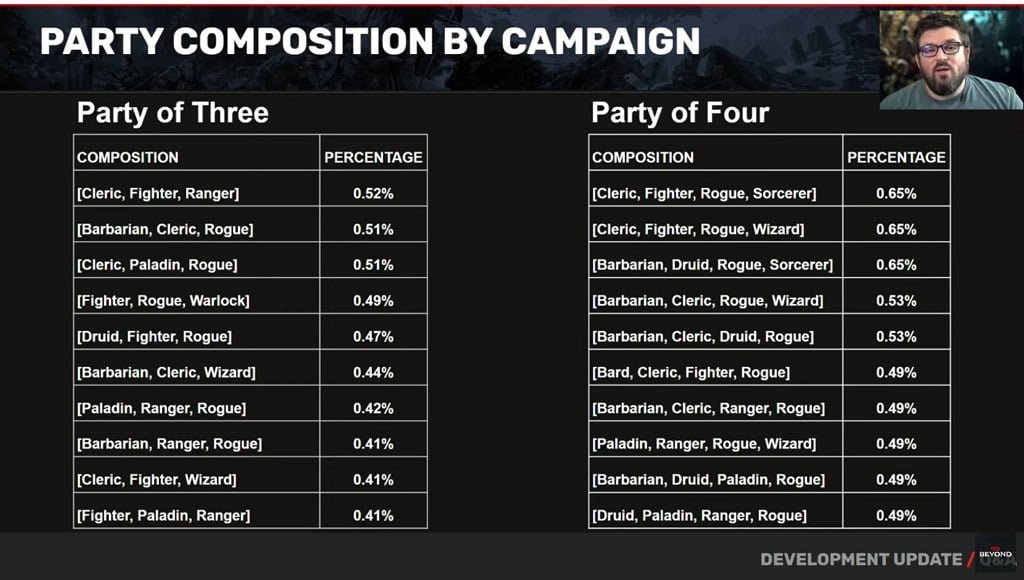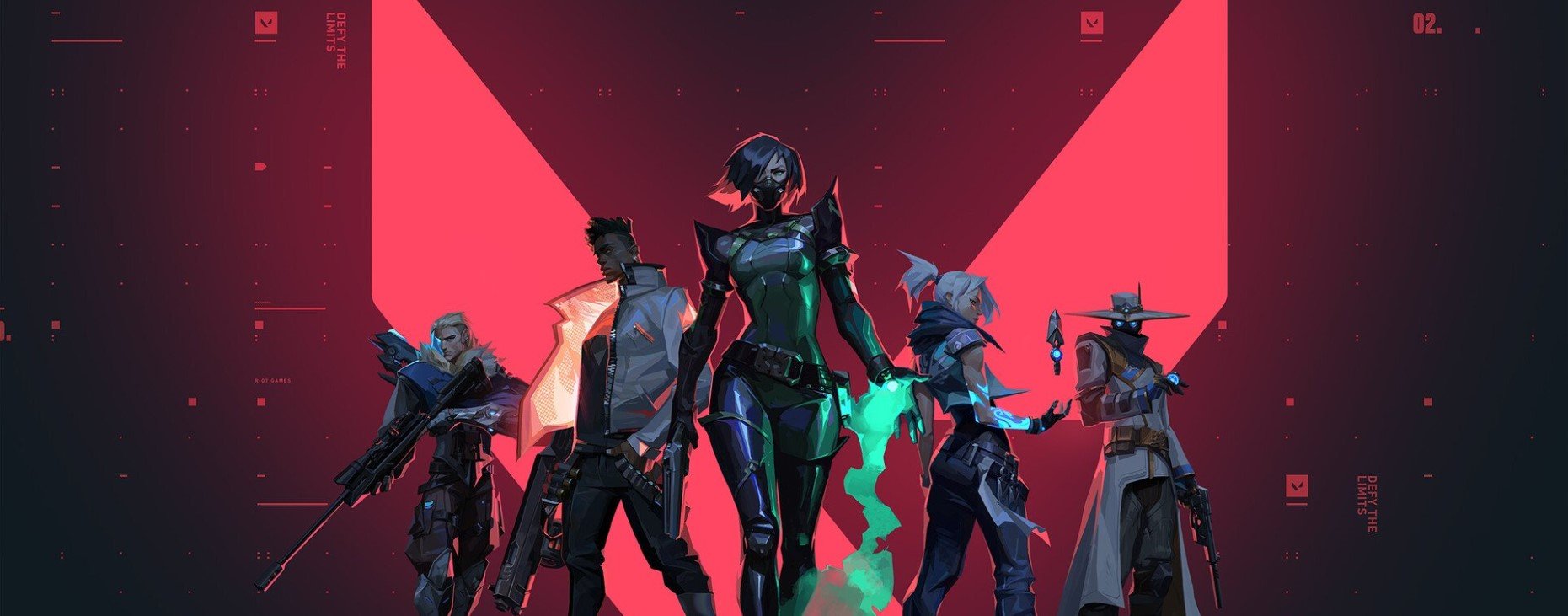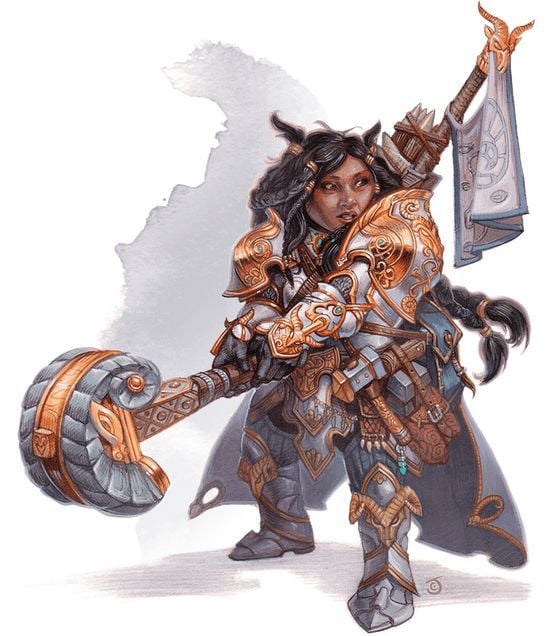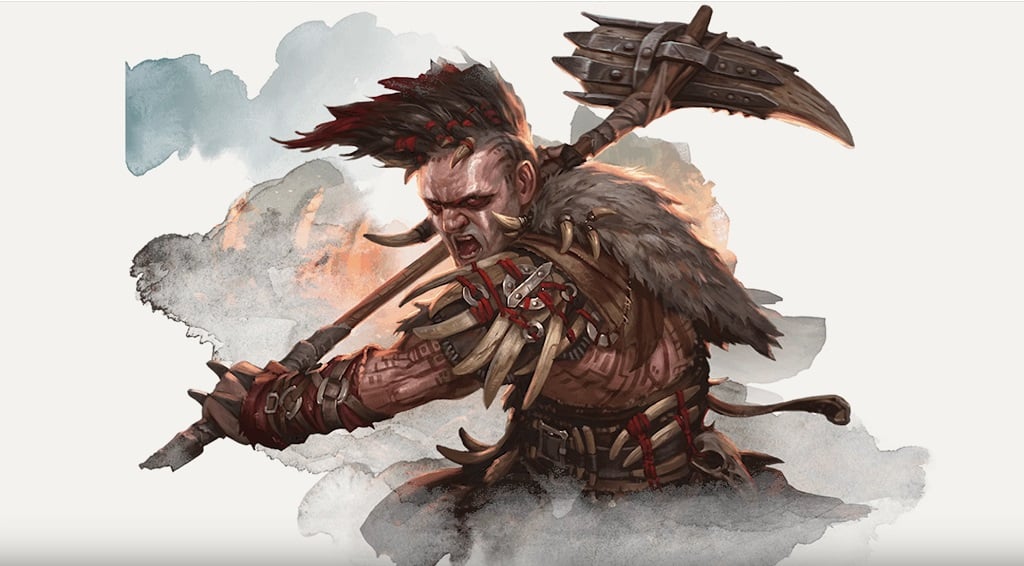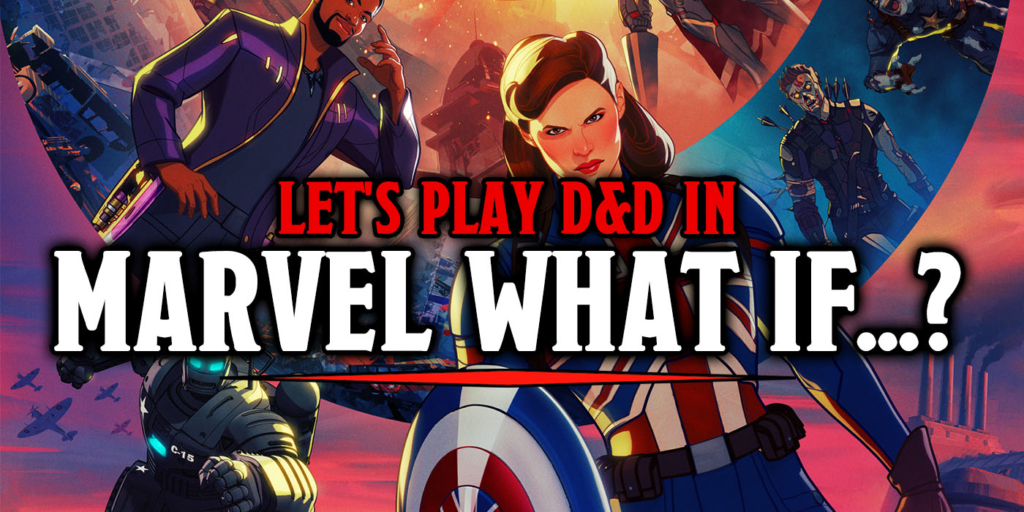D&D: How To Build A Party With Three Or Fewer Players
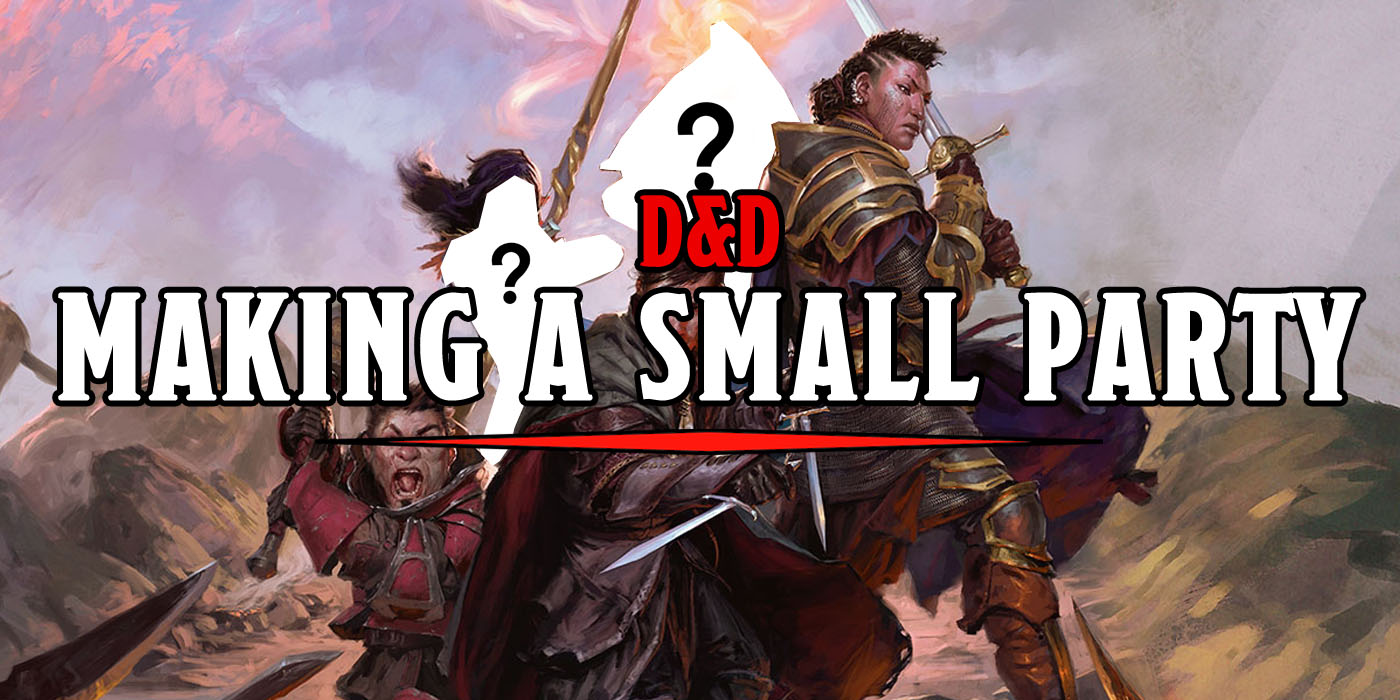

What do you do when adventure calls but your party only has a handful of adventurers willing to answer it? Here’s how to build a smaller party.
D&D is a game that’s built on things “everyone knows.” Everyone knows, for instance, that you adventure in a party–and that an adventuring party consists of a group of heroes (the game recommends 4-6) that do different fantasy things to accomplish whatever they set out to do. Usually fighting monsters and finding treasure. If there’s an iconic D&D party you might think it’s something like “Fighter, Cleric, Rogue, Wizard” and that would be understandable since that’s what WotC typically says.
Players in the game tend to be a little different. The actual party is probably more like Warlock, Cleric, Fighter or something if we go by popularity, or as D&D Beyond unveiled a while back, Fighter, Cleric, and Ranger:
Whatever the case, within those 4-6 players, you can pretty reliably have someone to heal, someone to take damage, and someone to deal damage–love it or hate it, it’s an expectation set by MMORPG games (which themselves took it from original D&D and iterated on it) and now it’s what people expect from any game involving a team combat, whether that’s a roleplaying game like D&D or a MOBA like League of Legends or even a first-person shooter with character classes like Valorant.
But what do you do when your party gets smaller? The fights get harder, the adventure more deadly–unless you all can build a team together. That’s what we’re here to do today, talk about how to build a good party even if you only have two or three players. For starters, you’re going to want to figure out how you best work together. You’ll notice that Cleric seems to be hanging out in just about every party build on the 3 player list–there’s a reason for that.
Clerics are one of the most versatile classes in the game. They can do everything, they have some of the best, most sustainable spells, they do a lot and their options tend to help them coordinate the party even if they’re focusing on attacking enemies. When you can use a bonus action for “healing word” it just gets easier to keep your party up, even if you’re hitting things with a massive magical blessed hammer.
Versatility is the name of the game. When you only have a max of three players, everyone’s going to have more time in the spotlight, so you’ll want to make sure that you all have something to do when the spotlight is on you. Typically a party will pick a “face” to handle talking to people, but your party might be served by splitting that duty up. Someone’s good at intimidation, another good at lying, and another at outright helpful persuasion.
You won’t want to rely on one character doing all of the skill checks because there’s fewer of you. So cast your nets wide–make sure you have someone who can help you in a dungeon, in the wilderness, in the urban jungle… basically look at what tools you have outside of combat as well. Because everyone in D&D is at least okay in a fight.
And with a little planning you can stack the odds in your favor. Bring a Paladin or a Warlock who can really hit hard with smites or spells or hexblade shenanigans, and look for how you can combo off of that. If you bring a rogue, look for ways to make sure they can have advantage. In smaller parties, characters like Barbarians or Rangers get a chance to shine because they often can do a little bit of everything and in a party where you don’t necessarily have someone who specializes in skills or spells or hitting really hard, that can be a huge boon.
If all that feels too complicated, then just everyone play a hexblade warlock and take the magic initiate feat to give yourselves access to healing word, and you’ll probably be fine.
What does your party look like?

